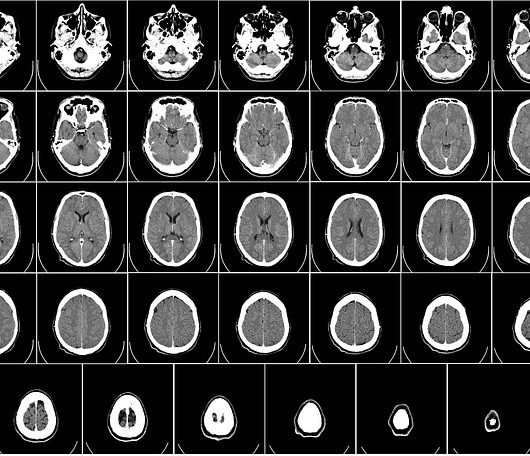She’s #MoreThanHerHair: Facing The Stigma Of Women’s Hair Loss

Plenty of men begin losing their hair in early adulthood, and while some experience embarrassment, male hair loss is so common that most don’t give it a second thought. For women, though, hair loss can be traumatic and shameful; after all, women’s hair is often thought of as a defining feature. So how do women with hair loss navigate a world where long locks are the norm? It starts with recognizing that every woman should be seen as #MoreThanHerHair.
A Mother’s Journey
When seven-year-old Kate Rice began losing her hair, it turned her young life upside down. Other kids didn’t understand and many adults thought the girl had cancer. Today, the second grader is bald, a result of an autoimmune disease called alopecia areata, and her mother is fighting to raise awareness about the condition and shut down judgment around the issues.
In response to the judgments and misconceptions, Kate’s mother Nicole Rice began the hashatag #MoreThanHerHair with the goal of addressing the stigma of hair loss and educating others about the condition. She’s also started a fundraiser, featuring a fashion show starring models with alopecia. Creating an environment where different types of bodies are accepted is one of the first steps to eliminating the stigma around hair loss.
A Common Issue
Though alopecia areata is relatively uncommon – according to the National Alopecia Areata Foundation, individuals have a 2.1% lifetime risk of developing the condition – hair loss among women is more common than people realize. Accounting for different health conditions, hormonal changes, stress, and trauma to the hair, about 70% of women will experience hair loss at some time in their lives. In other words, hair loss is a widely shared concern, yet women still live with the stigma. Luckily, most forms of hair loss are temporary and if we can identify the cause of the condition, many cases can be treated.
Identifying The Cause
Unlike men, who typically lose their hair because of androgenic alopecia, also known as male pattern baldness, women’s hair loss stems from a variety of causes, most commonly telogen effluvium, which can be brought on by pregnancy or high levels of stress, hypothyroidism, anemia, and lupus. In most cases, treating the precipitating condition will reverse the hair loss, but in cases when women have androgenic alopecia – it does happen in a small percentage of women – a hair transplant may be necessary for women seeking natural coverage.
Preventing Hair Loss
Since most cases of women’s hair loss are the result of basic health problems or stress, it can often be prevented before it starts or treated quickly once it becomes obvious. For example, before stress causes hair loss, anxiety and worries may keep you up at night and finding proper outlets for your stress can easily resolve the problem. In other cases, overstyling can cause trauma to the hair or scalp, causing hair loss. A looser hairstyle, using fewer products, and not processing the hair with heat can reverse the damage.
Hair loss is a distinctive symptom of many health conditions, so don’t let stigma keep you from mentioning it to your doctor. For example, hair loss is a common indicator of lupus; about 45% of patients experience it at some point. At the same time, lupus is notoriously hard to diagnose, so it’s important that you share all possible symptoms to improve your chances of receiving appropriate treatment.
Women may be reticent to talk about hair loss because of the stigma associated with the condition, but together women can change this pattern. When we break the silence, we make it clear that there’s no shame in talking about our health and that hair isn’t a requirement of womanhood. Every woman should be seen as #MoreThanHerHair, but we have to be honest about hair loss first.









